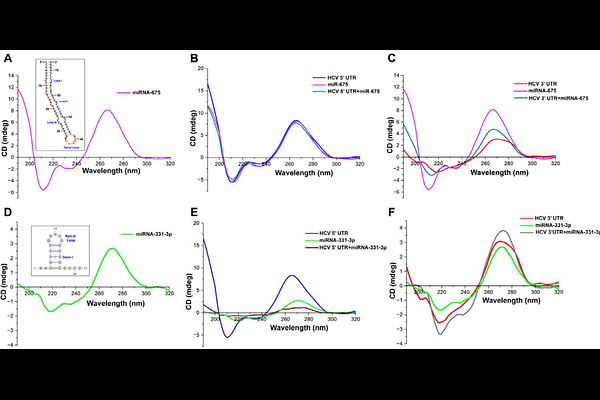Interactions of Natural Compounds and Biomolecules with Hepatitis C Virus RNA Untranslated Regions: Exploring Structural Modifications to Advance Pathogenesis Understanding and Antiviral Strategy Design

Interactions of Natural Compounds and Biomolecules with Hepatitis C Virus RNA Untranslated Regions: Exploring Structural Modifications to Advance Pathogenesis Understanding and Antiviral Strategy Design
Raskar, D. A.; Mastoli, S. Y.; Dongare, D.; Nayak, A.; Biakmawia, L.; Bhatia, A.; Shrivastava, N.; Saraf, S.; Dey, A.
AbstractHepatitis C virus (HCV), a 10 kb positive-strand RNA virus, primarily infects liver cells and is a major cause of liver cirrhosis, which can progress to hepatocellular carcinoma. The HCV RNA untranslated regions (UTRs) adopt topologies that serve as binding sites for host proteins and miRNAs, crucial for viral replication and pathogenesis. However, the precise interactors and mechanisms of these interactions remain unclear. This study investigates the architectural landscape of HCV UTRs alone and in the presence of various interactors. Structural analysis reveals stable HCV UTR topologies, but significant alterations occur upon interaction with miRNAs and phytochemicals, potentially critical for viral pathogenicity. Additionally, proteins SRSF7 and AKAP8L are identified as novel interactors, which could have implication in host immune evasion and enhanced virulence. These findings highlight new miRNAs, proteins, and small molecules as interactors of HCV UTRs, offering insights into HCV infectivity and therapeutic targets for antiviral interventions.